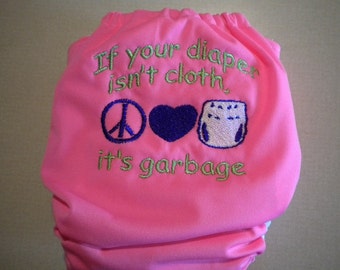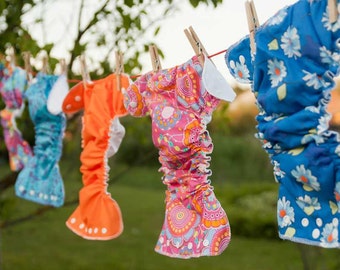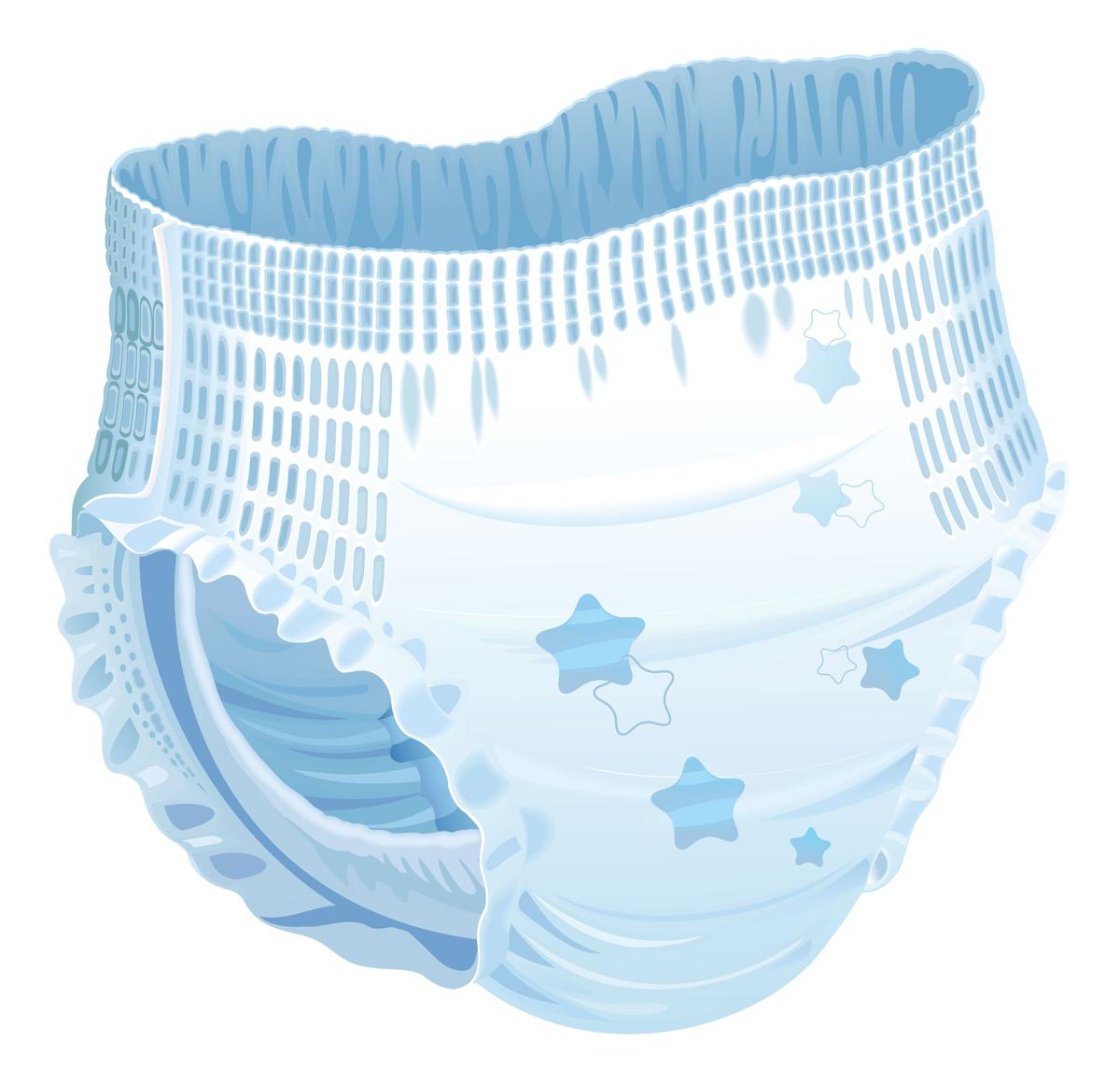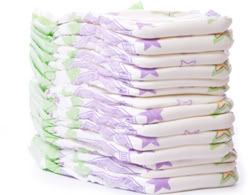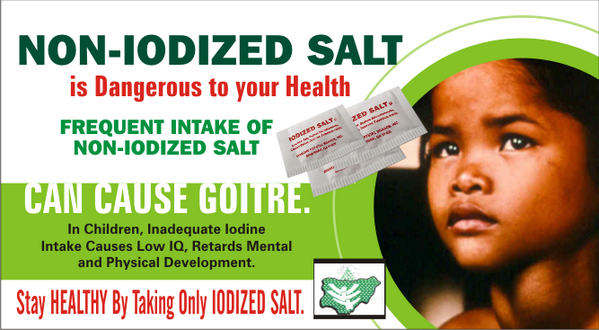Having a new baby comes with both exciting and distressing challenges. Some challenges can make even an experienced mum loose sleep. Top among the distressing challenges is infant gas which can cause distress for both the new mum and baby. Some babies do not show very obvious signs of infant gas distress and that can make a mum whose older children fell into that category as babies panic when she births one who is disturbed greatly by gas.
In our part of the world, there are so many traditional remedies many mums employ to relieve gas distress like massaging the baby's tummy with a towel dipped in warm water, giving the baby bitter cola water or some other herbal mixtures; methods which aren't backed by scientific research but by tales handed down from one mum to another. Some other mums go the orthodox way of giving their babies gripe water or similar products.
Infant gas is a natural occurrence in newborns as a result of their young and still-maturing intestines and digestive systems. While it may not obviously disturb some newborns, it can cause seemingly great distress in others which could drive some mothers into seeking and applying unorthodox and most times futile solutions to ease their babies' distress.
As a new mum, so long as your baby is thriving well, gaining weight and seems fine during periods when it isn't having gas distress then all you need do is take the following steps to reduce your baby's gas distress episodes.
As a new mum, so long as your baby is thriving well, gaining weight and seems fine during periods when it isn't having gas distress then all you need do is take the following steps to reduce your baby's gas distress episodes.
(1)Ensure your baby burps after each meal. Simply position your baby in a manner that helps to quickly expel the stomach gas contents. There are several methods But the most common is by lifting your baby to your chest, and placing its chin on your shoulder then you gently but firmly pat or rub your baby's back. This method quickens the gas expulsion process as it makes the gas float to the top of the stomach and get expelled fast.
(2) Do not let your baby cry so much out of hunger before your feed him/her. Crying out of hunger makes a baby feed frantically when the food comes and could gulp so much air in the process. This may not be very realistic for busy mums to practice but you can try your best.
(3)Find and suspend consumption of the offending food(s). Certain foods a baby's mum consumes could cause increased gas troubles for her baby. The most commonly reported culprits are foods containing cow's milk and diary products like yoghurt and cheese. The myth that milk, tea and yoghurt increases breast milk supply does little or nothing to help this issue at all. As one pediatrician would say in cases of infant gas pain, "search for coincidences". Whenever your baby appears to have a lot of gas pain, evaluate the foods you consumed within the past 24 to 48 hours and check if they are same with those consumed before previous episodes of increased gas distress. You could decide to go a day or two without the suspect foods and check for any improvement. Whenever you are convinced a particular food is the culprit then suspend it from your diet and gradually introduce it back around when your baby is 3 months old; when its digestive system should have significantly matured to handle such foods. The commonly reported suspects in gas pain include milk and other diary products, beans and cabbage. Someone may question how milk consumed by the mother could cause gas in her baby while the baby's food is basically milk alone. The proteins and sugars in breast milk are easily digestible by the baby's system unlike those in cow's milk and other diary products.
While you try your best to relieve your baby of its gas distress bear in mind that it is a natural occurrence which studies suggest babies get relief from at around 3 months of age, but if you ever get exceedingly worried and concerned, you can never go wrong by taking your child to a pediatrician.




